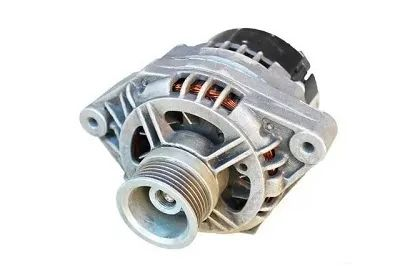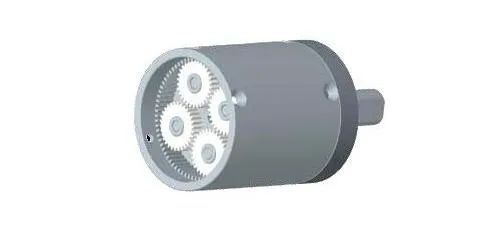A brief analysis of the differences between start-stop control and soft start of brushless DC motors
Brushless DC motors can achieve start-stop control by turning the power on or off just like brushed DC motors. This control method is usually accomplished directly using a contact switch. The disadvantage of this method is that the starting current is relatively large. Excessive current can easily cause overheating and demagnetization problems. Starting too fast can also cause impact on the load machine, so it is only suitable for small-power motors.

The more common method is to use a contact switch to turn on the controller power, and then control the controller to start and stop, for example:
(1) The controller is equipped with a start-stop control port (enable control) to control the starting and stopping of the brushless DC motor with logic levels.
(2) A controller with speed regulation function controls the motor speed by controlling the speed of the command voltage. The motor often stops rotating when power is taken off. Some controllers have a PWM signal interface. When the duty cycle of this signal is zero, the motor stops.

(3) Use the method of turning on/off the position sensor excitation power supply.
It is best to use a controller with a soft-start function for brushless DC motors to reduce the excessive current impact when the motor is started. The speed can rise smoothly, reduce the overshoot of the speed, and reach the predetermined speed in a shorter time. A common soft start uses the PWM method. Soft-start drives usually increase the pulse width modulation duty cycle from zero and slowly increase it to a higher speed until the rated speed. Then, the control system switches to normal position, speed or torque (current) closed-loop control. Slowly increasing the PWM duty cycle is equivalent to slowly increasing the voltage applied to the motor, thereby limiting the starting current to an appropriate level. Generally speaking, a soft-start ramp of 50 to a few hundred milliseconds is sufficient to limit the current surge. However, some brushless DC motors with large moment of inertia require a longer soft-start ramp when starting.



























 XINDA
XINDA